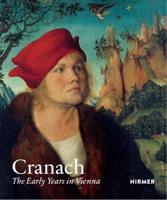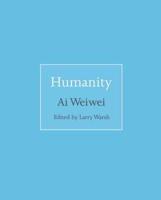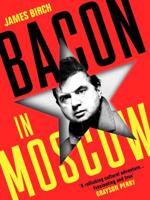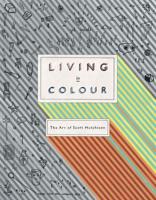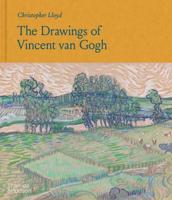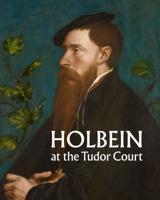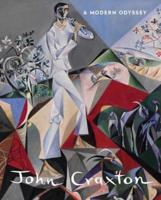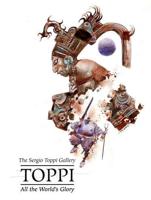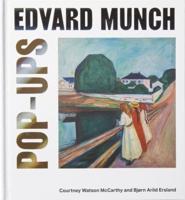Publisher's Synopsis
Gordon Burn writes: 'The fragility of existence was Hirst's big theme from the beginning. The action of the world on things. It's why he puts things behind glass-in big steel and glass cases: to hold off the inevitable decay and corruption; as part of a futile effort to preserve them. Francis Bacon said repeatedly that he was committed to 'the brutality of fact'. Echoing this Damien Hirst has said he likes 'the violence of inanimate objects'. Typically this has meant everyday objects -Formica-ed tables, office chairs, ashtrays -being bifurcated and mutilated in predetermined, precise ways - encased in one of Hirst's signature twin-celled vitrines.' Born in Bristol in 1965, Damien Hirst grew up in Leeds and studied at Goldsmiths College, London. Most notable amongst the exhibitions he curated whilst at college was Freeze, in 1988, in which he exhibited his work and that of his contemporaries. The exhibition is widely believed to have been a starting point of the Young British Artists' careers, and a defining moment in kick-starting cutting edge British contemporary art. Hirst's body of work confronts the scientific, philosophical and religious aspects of human existence and includes sculpture, painting, drawing and printmaking. Arguably the world's most famous living artist, he has exhibited widely and was awarded the Turner Prize in 1995 for 'The Physical Impossibility of death in the Mind of Someone Living'.

